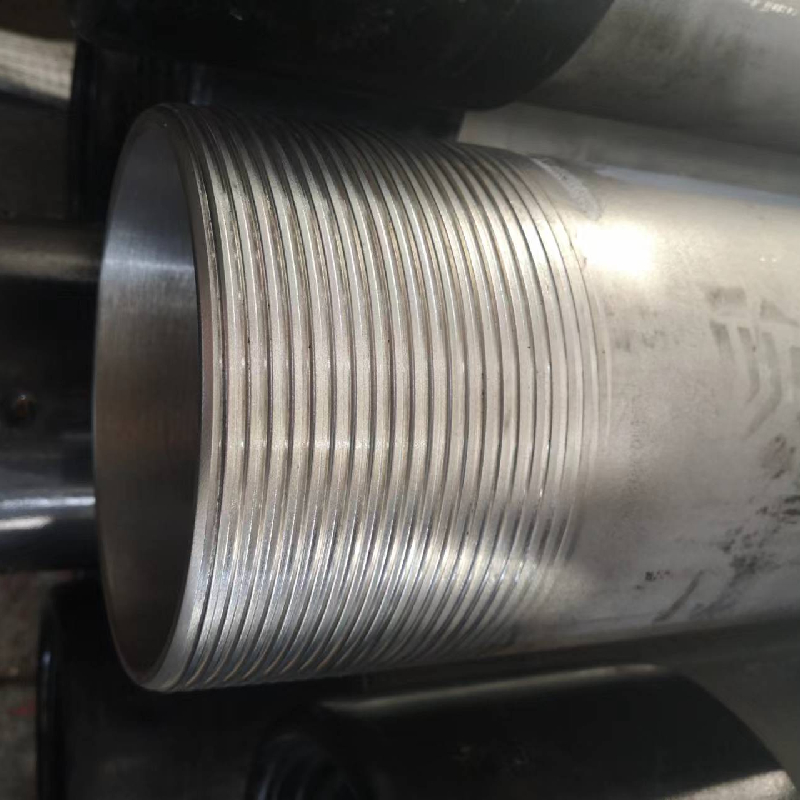- Afrikaans
- Albanian
- Amharic
- Arabic
- Armenian
- Azerbaijani
- Basque
- Belarusian
- Bengali
- Bosnian
- Bulgarian
- Catalan
- Cebuano
- Corsican
- Croatian
- Czech
- Danish
- Dutch
- English
- Esperanto
- Estonian
- Finnish
- French
- Frisian
- Galician
- Georgian
- German
- Greek
- Gujarati
- Haitian Creole
- hausa
- hawaiian
- Hebrew
- Hindi
- Miao
- Hungarian
- Icelandic
- igbo
- Indonesian
- irish
- Italian
- Japanese
- Javanese
- Kannada
- kazakh
- Khmer
- Rwandese
- Korean
- Kurdish
- Kyrgyz
- Lao
- Latin
- Latvian
- Lithuanian
- Luxembourgish
- Macedonian
- Malgashi
- Malay
- Malayalam
- Maltese
- Maori
- Marathi
- Mongolian
- Myanmar
- Nepali
- Norwegian
- Norwegian
- Occitan
- Pashto
- Persian
- Polish
- Portuguese
- Punjabi
- Romanian
- Russian
- Samoan
- Scottish Gaelic
- Serbian
- Sesotho
- Shona
- Sindhi
- Sinhala
- Slovak
- Slovenian
- Somali
- Spanish
- Sundanese
- Swahili
- Swedish
- Tagalog
- Tajik
- Tamil
- Tatar
- Telugu
- Thai
- Turkish
- Turkmen
- Ukrainian
- Urdu
- Uighur
- Uzbek
- Vietnamese
- Welsh
- Bantu
- Yiddish
- Yoruba
- Zulu
pipe coupling stainless steel
Understanding Stainless Steel Pipe Couplings A Comprehensive Overview
Stainless steel pipe couplings are critical components in various industries, serving as connectors that enable the joining of two or more pipes to facilitate the flow of liquids and gases. Known for their durability and resistance to corrosion, these couplings are essential in applications ranging from plumbing systems to industrial processes. In this article, we will explore the benefits, types, applications, and maintenance of stainless steel pipe couplings.
Benefits of Stainless Steel Pipe Couplings
One of the primary advantages of using stainless steel in pipe couplings is its corrosion resistance. This property is especially crucial in environments that involve exposure to moisture, chemicals, or extreme temperatures. Stainless steel couplings can withstand the rigors of time and environmental stressors, ensuring longevity and reliability in various applications.
Moreover, stainless steel offers superior strength compared to other materials like PVC or aluminum. This strength translates to higher pressure ratings, making stainless steel couplings suitable for high-pressure applications such as oil and gas pipelines, hydraulic systems, and water distribution systems.
Another significant benefit is the aesthetic appeal of stainless steel. Its shiny, clean appearance is often preferred in visible installations, such as architectural and decorative applications. Stainless steel also requires minimal maintenance, further enhancing its practicality and cost-effectiveness over time.
Types of Stainless Steel Pipe Couplings
Stainless steel pipe couplings come in various types, each designed to meet specific requirements. The most common types include
1. Threaded Couplings These feature internal threads that allow two pipes to be screwed together. Threaded couplings are easy to install and are often used in plumbing applications.
2. Welded Couplings In this method, the coupling is welded onto the pipes, creating a permanent joint. Welded couplings are ideal for high-pressure applications and provide a stronger bond than threaded couplings.
pipe coupling stainless steel

3. Socket Weld Couplings These couplings are designed for small-diameter piping systems and involve inserting the pipe into a socket and then welding it in place. Socket weld couplings are common in high-pressure applications and are highly reliable.
4. Compression Couplings These couplings use a compression mechanism to create a seal between the pipes. They are especially useful when joining dissimilar materials and are easy to disassemble when necessary.
Applications of Stainless Steel Pipe Couplings
Stainless steel pipe couplings find applications across numerous industries. In the food and beverage industry, they are used to connect pipes in processing and distribution systems where hygiene standards are paramount. Their corrosion-resistant properties make them suitable for handling various food-grade liquids.
In the chemical industry, the ability of stainless steel to withstand corrosive substances makes these couplings ideal for transporting chemicals and hazardous materials. Additionally, they are extensively used in the oil and gas sector, where durability and resistance to extreme conditions are critical for safety and efficiency.
Another prominent application is in HVAC systems, where stainless steel couplings contribute to the efficient transfer of air and other gases. Their strength and reliability make them a go-to choice for residential and commercial heating and cooling systems.
Maintenance of Stainless Steel Pipe Couplings
While stainless steel couplings are low maintenance, regular inspections are recommended to ensure that no leaks or corrosion develop over time. Cleaning should be performed using non-abrasive materials and solutions that do not damage the stainless steel surface.
In conclusion, stainless steel pipe couplings are indispensable in various industries due to their durability, corrosion resistance, and strength. Their versatility allows them to be used in different applications, making them a preferred choice for engineers and contractors alike. With proper maintenance, these couplings can provide reliable service for many years, demonstrating their importance in modern infrastructure and industrial processes.
-
Tubing Pup Joints: Essential Components for Oil and Gas OperationsNewsJul.10,2025
-
Pup Joints: Essential Components for Reliable Drilling OperationsNewsJul.10,2025
-
Pipe Couplings: Connecting Your World EfficientlyNewsJul.10,2025
-
Mastering Oilfield Operations with Quality Tubing and CasingNewsJul.10,2025
-
High-Quality Casing Couplings for Every NeedNewsJul.10,2025
-
Boost Your Drilling Efficiency with Premium Crossover Tools & Seating NipplesNewsJul.10,2025







